Family Peptostreptococcaceae Rank Genus | Order Clostridiales Scientific name Clostridium | |
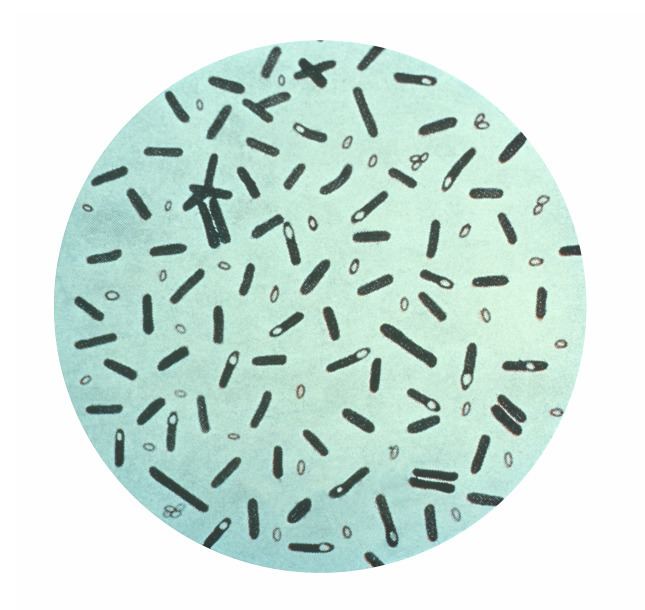 | ||
Lower classifications Clostridium sporogenes, Clostridium acetobutylicum, Clostridium butyricum, Clostridium septicum, Clostridium sordellii | ||
Clostridium sp introduction
Clostridium is a genus of Gram-positive bacteria, which includes several significant human pathogens, including the causative agent of botulism and an important cause of diarrhea, Clostridium difficile. They are obligate anaerobes capable of producing endospores. The normal, reproducing cells of Clostridium, called the vegetative form, are rod-shaped, which gives them their name, from the Greek κλωστήρ or spindle. Clostridium endospores have a distinct bowling pin or bottle shape, distinguishing them from other bacterial endospores, which are usually ovoid in shape. Clostridium species inhabit soils and the intestinal tract of animals, including humans. Clostridium is a normal inhabitant of the healthy lower reproductive tract of women.
Contents
- Clostridium sp introduction
- Clostridium botulinum difficile perfringens tetani nbde usmle
- Overview
- Treatment
- History
- Use
- References
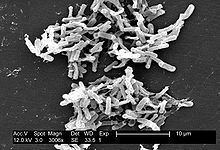
Clostridium botulinum difficile perfringens tetani nbde usmle
Overview

Clostridium contains around 100 species that include common free-living bacteria, as well as important pathogens. The main species responsible for disease in humans are:
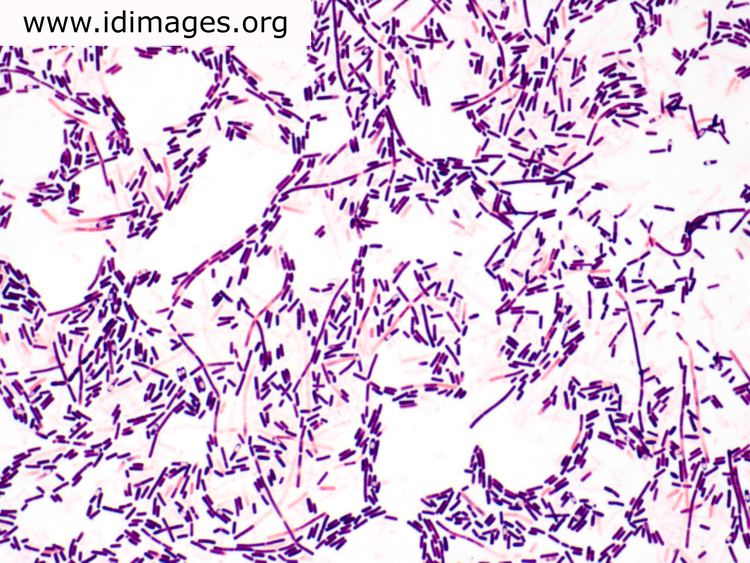
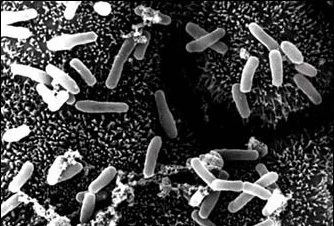
Bacillus and Clostridium are often described as gram-variable, because they show an increasing number of gram-negative cells as the culture ages.
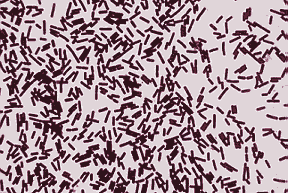
Clostridium and Bacillus are both in the division Firmicutes, but they are in different classes, orders, and families. Microbiologists distinguish Clostridium from Bacillus by the following features:

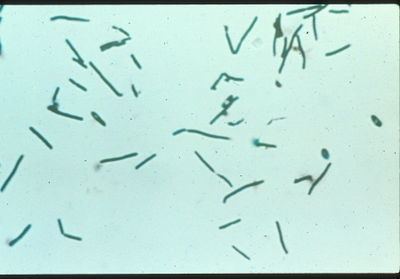
Clostridium and Desulfotomaculum are both in the class Clostridia and order Clostridiales, and they both produce bottle-shaped endospores, but they are in different families. Clostridium can be distinguished from Desulfotomaculum on the basis of the nutrients each genus uses (the latter requires sulfur).

Glycolysis and fermentation of pyruvic acid by Clostridia yield the end products butyric acid, butanol, acetone, isopropanol, and carbon dioxide.

The Schaeffer-Fulton stain (0.5% malachite green in water) can be used to distinguish endospores of Bacillus and Clostridium from other microorganisms. There is a commercially available polymerase chain reaction (PCR) test kit (Bactotype) for the detection of C. perfringens and other pathogenic bacteria.
Treatment
In general, the treatment of clostridial infection is high-dose penicillin G, to which the organism has remained susceptible. Clostridium welchii and Clostridium tetani respond to sulfonamides. Clostridia are also susceptible to tetracyclines, carbapenems (imipenem), metronidazole, vancomycin, and chloramphenicol.
The vegetative cells of Clostridia are heat-labile and are killed by short heating at temperatures above 72–75 °C. The thermal destruction of Clostridium spores requires higher temperatures (above 121.1 °C, for example in an autoclave) and longer cooking times (20 min, with a few exceptional cases of > 50 min recorded in the literature). Clostridia and Bacilli are quite radiation-resistant, requiring doses of about 30 kGy, which is a serious obstacle to the development of shelf-stable irradiated foods for general use in the retail market. The addition of lysozyme, nitrate, nitrite and propionic acid salts inhibits Clostridia in various foods.
Fructooligosaccharides (fructans) such as inulin, occurring in relatively large amounts in a number of foods such as chicory, garlic, onion, leek, artichoke, and asparagus, have a prebiotic or bifidogenic effect, selectively promoting the growth and metabolism of beneficial bacteria in the colon, such as bifidobacteria and lactobacilli, while inhibiting harmful ones, such as clostridia, fusobacteria, and bacteroides.
History
In the late 1700s, Germany experienced a number of outbreaks of an illness that seemed connected to eating certain sausages. In 1817, the German neurologist Justinus Kerner detected rod-shaped cells in his investigations into this so-called sausage poisoning. In 1897, the Belgian biology professor Emile van Ermengem published his finding of an endospore-forming organism he isolated from spoiled ham. Biologists classified van Ermengem's discovery along with other known gram-positive spore formers in the genus Bacillus. This classification presented problems, however, because the isolate grew only in anaerobic conditions, but Bacillus grew well in oxygen.
In 1924, Ida A. Bengtson separated van Ermengem's microorganisms from the Bacillus group and assigned them to a new genus, Clostridium. By Bengtson's classification scheme, Clostridium contained all of the anaerobic endospore-forming rod-shaped bacteria, except the genus Desulfotomaculum.
